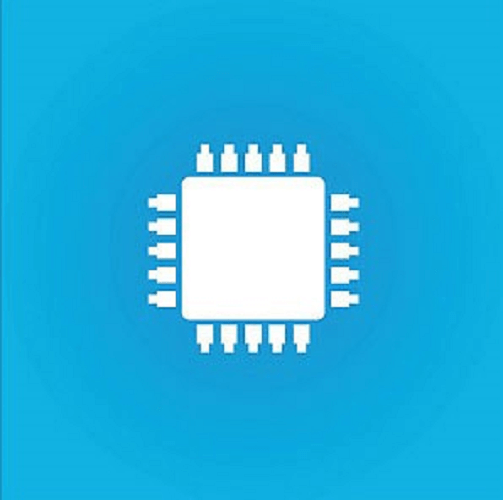Intel Corei3: What Does It Mean?The multiprocessor architecture is the foundation for the Intel Corei3, a proprietary processor from Intel. It is a specific kind of dual-core CPU with an integrated graphics processing unit (GPU). This processor is an upgrade to Intel's Core 2 series. Devices that are embedded, desktop, or mobile can all have it installed. Computer CPU with two cores called the Core i3 that was created and produced by Intel and made its initial debut and distribution in 2010. It may be used on both desktop and laptop computers. In the I series, there are three different types of processors (also called the Intel Core family of processors). With speeds ranging from 1.30 GHz to 3.50 GHz and either 3 MB or 4 MB of cache, the Core i3 processor is offered in a variety of configurations. On a motherboard, it makes use of the LGA 1150 or LGA 1155 socket. Core i3 processors frequently come in dual-core configurations with two cores. Only a small number of expensive Core i3 processors have four cores each, and they are quad-core. DDR3 1333 or DDR3 1600 RAM is the most often utilized RAM type when paired with a Core i3 processor. 
The Core i3 processors need different amounts of power:
Because they produce less heat and consume batteries sparingly, Core i3 processors are frequently seen in laptop computers. On a single battery charge, certain laptops with Core i3 processors can last up to five or six hours of use. Several micro-architectures, including the following, are used to create an Intel Corei3.
Despite having only two cores, it can run four threads at once. A Corei3 has a clock speed range of 1.70 GHz to 3.4 GHz. Corei3 CPUs from Intel have been released in a number of versions, each of which enhances the prior generation's features and performance. The latest models range thermal design power (TDP) ranging from 73 W to as little as 15 TDP and have larger processor caches while using less power. As an added bonus, some of the most recent Intel Corei3 generations offer memory with error-correcting codes (ECCs), Intel Platform Protection Security, Intel OS Guards, and an incorporated security feature for safeguarding BIOS, enabling secure boot, and preventing assaults. People who don't need a lot of power should use the Core i3. Although these CPUs include hyper-threading for better performance when under strain and are more reasonably priced, they lack the power required for demanding programs or sophisticated games. To protect against attacks, this CPU series is best suited for computers that will be used for email, word processing, light gaming, communications, and web browsing. What actually separates the Intel Core i3, i5, and i7?The original Pentium and Celeron were granted 1 and 2 stars, respectively, whereas the i3, i5, and i7 were given 3, 4, and 5 stars, respectively. An i3 is suitable for a casual user who browses the internet, checks email, processes spreadsheets, and plays a few games. All of the aforementioned, as well as playing demanding games, can be done with an i5 (provided you have at least 8 GB of ram) In my opinion, the i7 is a monster and a bit of an overkill. It should only be used by real power users who play the most recent, resource-intensive games and perform video editing.
Next TopicWhat is a Computer System
|
 For Videos Join Our Youtube Channel: Join Now
For Videos Join Our Youtube Channel: Join Now
Feedback
- Send your Feedback to [email protected]
Help Others, Please Share









